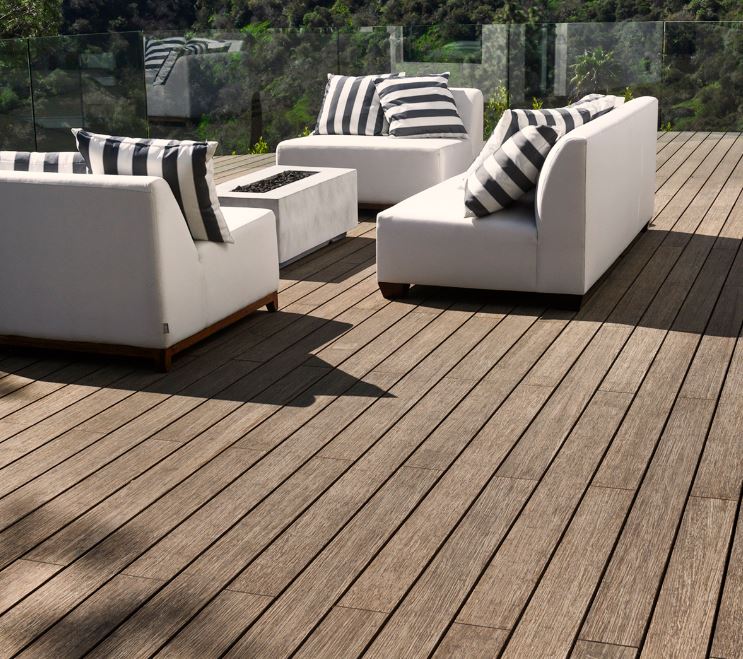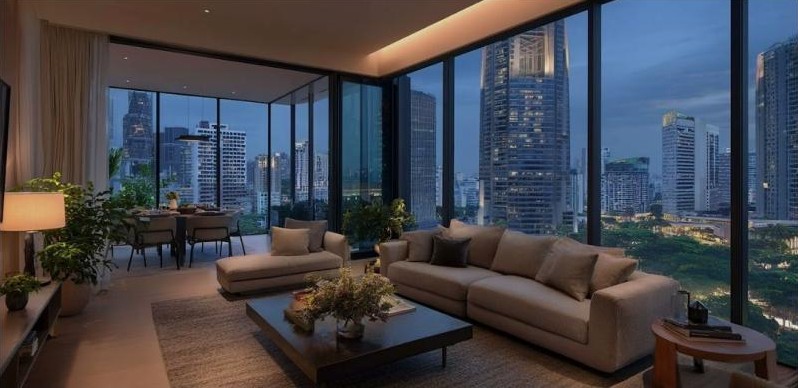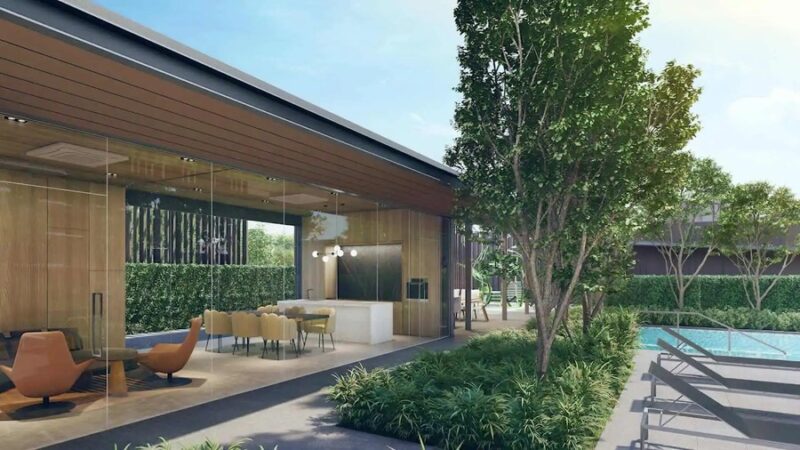Advantages of vinyl flooring

For nearly 100 years, vinyl flooring has been a popular alternative to more expensive types of flooring such as wood or tile. Vinyl flooring is durable and versatile, but it also has its drawbacks. It’s always a good idea to weigh the pros and cons before buying a product that brings a home together.
It’s so important to make sure you have the right flooring for your home because it’s the first thing people see when they walk into a room without even realizing it, and it ties the whole room together. We believe every room’s flooring should be beautiful without compromising practicality or budget, which is why vinyl is a great choice.
Durability and Easy installation
With proper care, vinyl can be a very durable material that can last 10 to 20 years. However, this will only be the case if your vinyl is high-quality and well-made. Despite this, the material is durable and able to withstand heavy loads, making it ideal for living rooms, kitchens, and bedrooms.
Vinyl is a relatively easy material to install if done correctly. You must ensure that the surface you place it on is completely dry and level. Even if you want to lay the floor yourself, it might be a good idea to call a professional first to at least make sure the floor is level.
Easy maintenance and Appearance
Vinyl is one of the easiest floors to maintain, but that doesn’t mean it can be neglected. Leaving sand and dirt on the floor can lead to scratches and damage to the surface, to make sure this doesn’t happen you can use a wet mop and vinyl cleaner to remove any dirt or stains.
Vinyl comes in a variety of finishes, meaning there is something for everyone. One of the biggest advantages is that there are great wood replica designs. This creates an affordable flooring option for something that looks expensive. Vinyl is a great waterproof material, making it an excellent choice for rooms with high humidity, such as the bathroom or laundry room.
Disadvantages of vinyl flooring
While there’s no denying that vinyl has some excellent properties, that don’t mean there aren’t some downsides.
Easily damaged and Colors may fade
This material is not as strong as others, such as wood, because it cannot withstand heavy loads and can be damaged by sharp objects. It is also much more challenging to repair than other materials and you may need a new floor.
Although it sounds bad, it’s not as bad as you might think, colors fade due to exposure to too much direct sunlight, so it’s not recommended for outdoor or conservatory use where they can be damaged by extreme temperatures.
Since this material is made of plastic, it is not biodegradable, which means that it will take a very long time to break down after disposal. People generally don’t recycle this material, so it goes straight to landfills.







